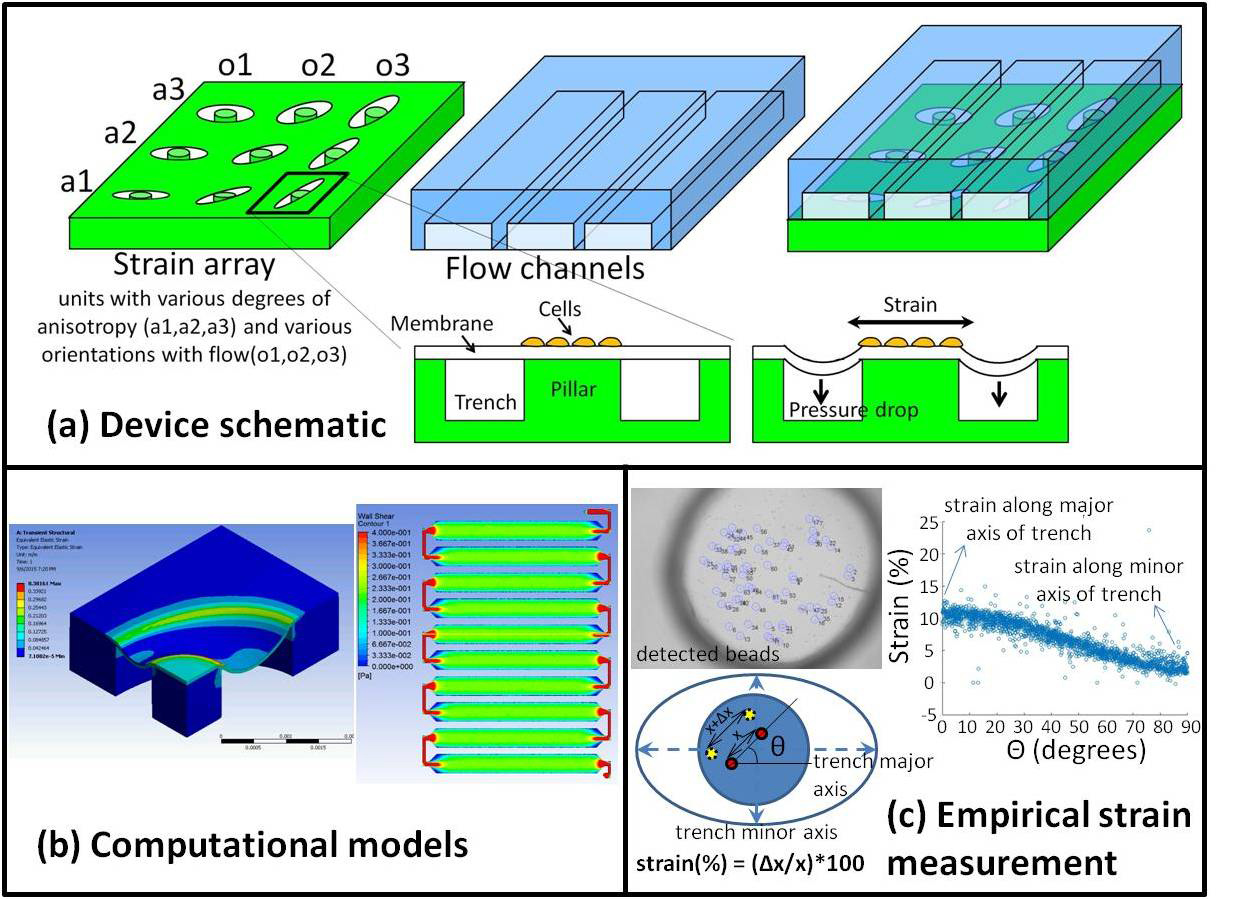

Thus, for rigorous quantitation of cell division and death kinetics, events must be validated. However, for any system, tracking assignments are often imperfect, and rare events can be obscured even when error rates are low ( 4, 5). These applications include CellProfiler, which provides a suite of image analysis tools through a powerful and flexible interface ( 1), as well as other freely available software packages that provide similar functionality, such as Fiji and Icy ( 2, 3). There are convenient platforms for loading time-lapse image series, optimizing image contrast, recognizing objects (e.g., cells) in each image, and tracking objects through time. Cell division and death are regulated by distinct biochemical networks, so this uncertainty creates a barrier to understanding basic mechanisms that regulate cell numbers in health and disease. However, it is often unclear whether an observed difference in the overall population growth rate is due to a change in the rate of cell division or in the rate of cell death. It is well known that average growth rates can be influenced by environmental conditions such as the availability of growth factors and nutrients, and by intrinsic factors such as cell genotype. The growth rate of a cell population is determined by the rates of cell division and death. Traxtile is implemented in Python version 2.7 using standard distribution libraries (available at and is freely available at. Reports summarize events from the validated tracks. Links between cells in successive frames can be reviewed and edited, yielding validated tracks for the image series. For each such event, the object track is displayed on a montage of images centered on the event and spanning the preceding and subsequent frames. Traxtile imports initial assignments and automatically identifies events needing review (i.e., apparent creation of new objects, splits, merges, and losses).

Here we describe Traxtile, a program that allows interactive graphical review and revision of object tracking assignments. This is challenging, as CellProfiler produces only tabular data for object tracking, and the graphical tools in Icy and Fiji are not optimal for manual review of these events. However, object tracking algorithms are imperfect, and validation of significant events is often required. Open source software packages such as CellProfiler, Icy, and Fiji provide robust and convenient interfaces for performing such analyses.

Time-lapse imaging can be used to quantify how cells move, divide, and die over time and under defined culture conditions.


 0 kommentar(er)
0 kommentar(er)
